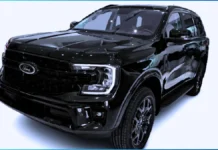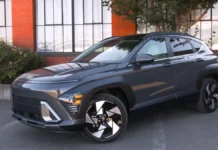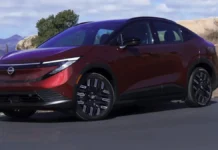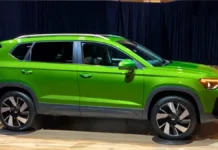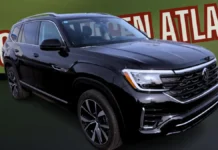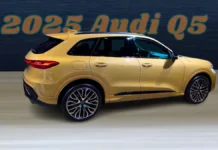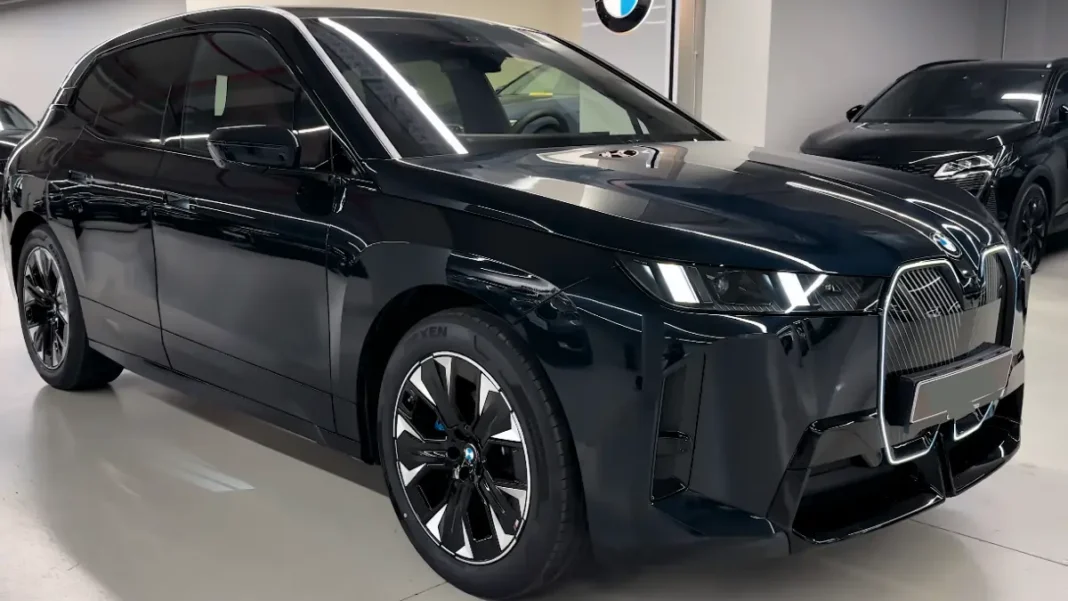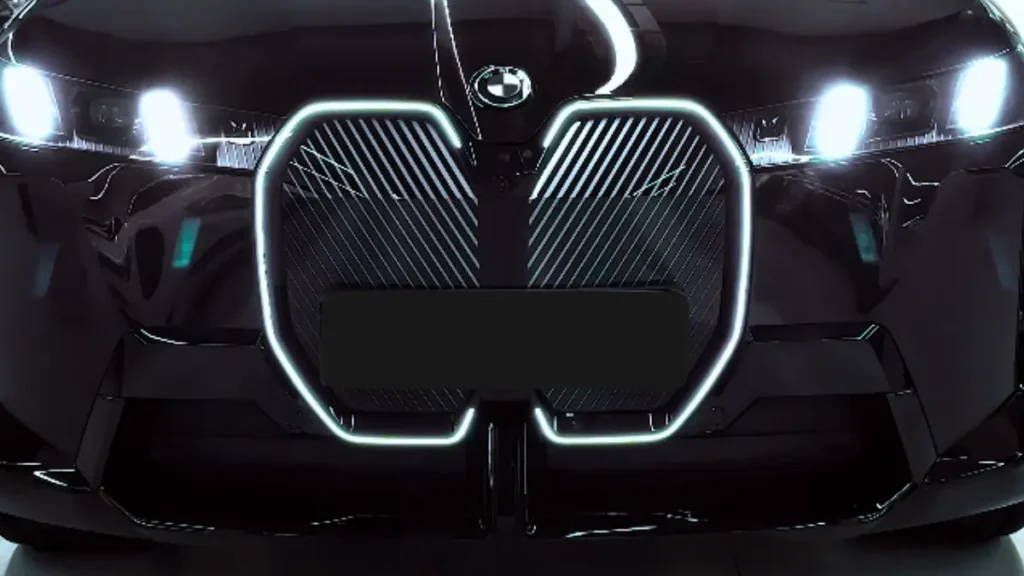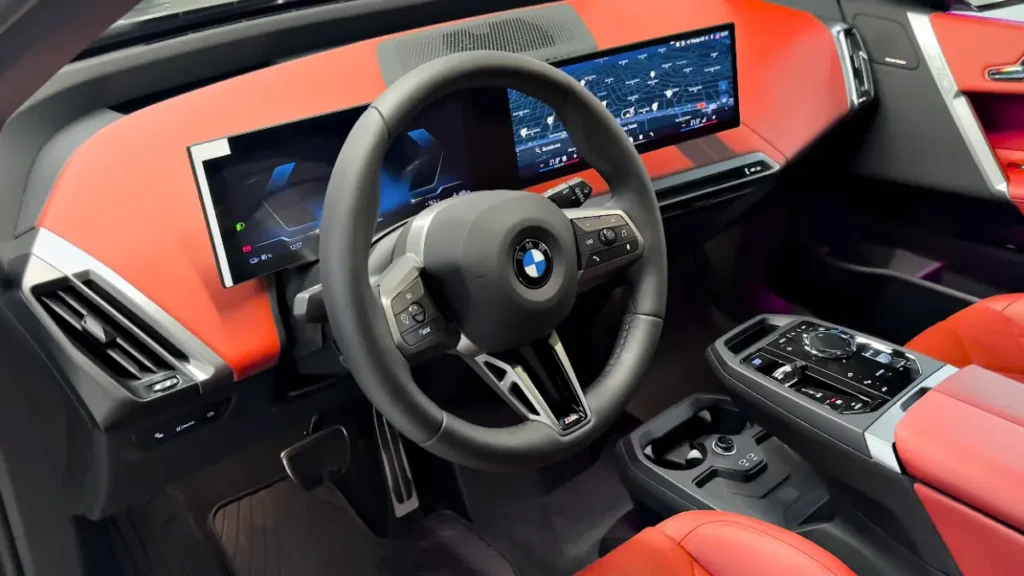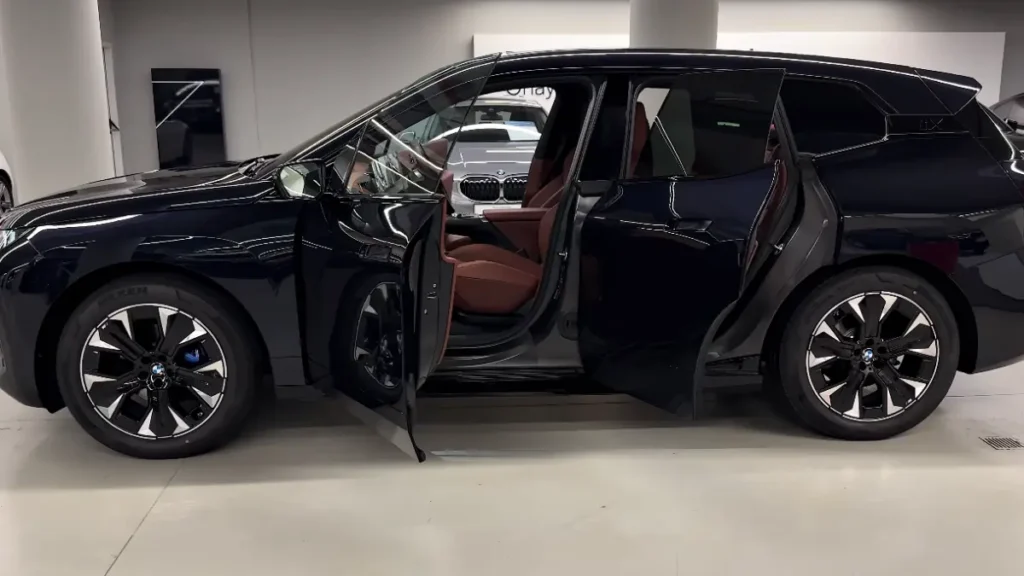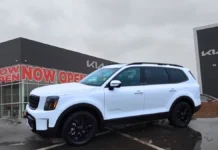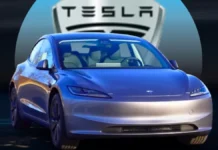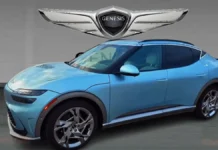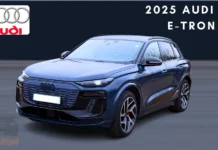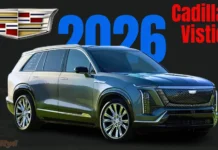The 2026 BMW iX continues BMW’s strategy of translating sports-sedan character into an electric SUV package. This article goes deeper than typical press pieces: it synthesizes engineering choices, powertrain tuning, energy-management strategy, and ownership implications — with particular focus on the BMW iX xDrive45 and the halo 2026 BMW iX M70. If you searched for “2026 bmw ix” or “2026 bmw ix xdrive45 review/specs/price”, this is an advanced, original resource to help buyers, enthusiasts, and technically minded readers.
Executive summary — quick takeaways
- Primary model: 2026 BMW iX family refines efficiency, charging, software, and driving dynamics.
- Best daily balance: 2026 BMW iX xDrive45 — tuned for range, refinement, and usable power.
- Performance flagship: 2026 BMW iX M70 — extreme power, sharper chassis, and reduced real-world range.
- Key upgrades for 2026: higher-density battery cells, silicon-carbide inverter efficiency, improved thermal management, smarter OTA software, and route-aware charging preconditioning.
Table of contents
- Executive summary — quick takeaways
- Platform, battery architecture, and thermal design
- Powertrain breakdown — xDrive45 vs. M70
- Range and real-world consumption
- Charging: practical behavior and strategy
- Chassis, tires, and driving dynamics
- Software, safety, and driver assistance
- Interior, utility, and ownership considerations
- Pricing and market positioning
- Buying recommendations — who should pick which model?
- Practical ownership tips and final thoughts
Platform, battery architecture, and thermal design
BMW continues with a skateboard-style pack integrated into the floor, using the battery as a structural element to improve torsional stiffness.
- Cell chemistry & pack density: For 2026, BMW adopts higher volumetric energy-density cells (advanced NMC/NCA formulations), enabling either slightly larger usable capacity or reduced mass for the same energy.
- Structural pack: The pack’s structural role lowers center-of-gravity and improves handling. Manufacturers refined module potting and busbar design to reduce thermal hotspots.
- Thermal strategy: Improved coolant-routing, larger heat-exchange surfaces, and more precise thermal models mean faster warm-up for charging and sustained power capability for the M70. Route-based battery preconditioning is now standard to improve DC fast-charge acceptance.
Powertrain breakdown — xDrive45 vs. M70
Understanding the differences clarifies who each model is for.
BMW iX xDrive45 (2026 BMW iX xDrive45)
- Layout: Dual-motor AWD, rear-biased torque distribution for BMW character while prioritizing efficiency.
- Electronics: Silicon-carbide (SiC) inverters reduce switching losses and improve overall drive efficiency.
- Performance goal: Accessible thrust and smooth delivery; acceleration is brisk but tuned to preserve range rather than hit headline horsepower wars.
BMW iX M70 (2026 BMW iX M70)
- Layout: Heavily upgraded dual-motor system, calibrated for peak output and torque vectoring.
- Thermals & sustain: More aggressive cooling, larger inverters, and track-aware software modes allow for higher sustained power before limiting to protect battery life.
- Driving intent: The M70 prioritizes response and cornering dynamics over absolute range.
Range and real-world consumption
Published EPA/WLTP numbers provide benchmarks, but real-world outcomes depend on speed, temperature, and driving style.
- xDrive45 realistic range: The xDrive45 is optimized for range; expect EPA-competitive figures for a midsize luxury EV. In moderate climates and mixed driving, a practical single-charge range should be in the mid-to-high hundreds of kilometers (mid-200s miles in ideal conditions for well-equipped variants). Highway at sustained 70–75 mph will reduce range by roughly 20–30% compared to combined numbers.
- M70 range tradeoff: The M70 sacrifices some range for performance. A good rule of thumb: expect around 60–75% of the xDrive45’s effective range under similar conditions — the exact delta depends on how often the performance modes are used.
- Factors that materially affect consumption: ambient temperature, high-speed cruising, aggressive regen-off driving, HVAC load in cold weather, and wheel/tire choice.
Charging: practical behavior and strategy
Charging speed and real-world charge times matter more than peak specs.
- DC fast charging:
- Peak charging windows are limited by battery temperature and SOC. Optimal charging occurs roughly between 10–60% SOC for fastest energy acceptance.
- Silicon-carbide inverter improvements and battery preconditioning shorten effective station times.
- Battery preconditioning:
- Route-aware navigation preheats the battery before fast-charging stops, often shaving significant minutes off total stop time.
- Home charging and AC:
- Improved onboard chargers reduce Level-2 charging time. Smart scheduling integrates with time-of-use electricity rates.
- Owner tip: For frequent long trips, plan for multiple stops and use departure preconditioning while plugged in to preserve range and charge acceptance.
Chassis, tires, and driving dynamics
BMW’s challenge: hide the mass while preserving a connected driving feel.
- Suspension: Dual wishbone/multi-link layout with available adaptive dampers. The xDrive45 emphasizes compliance; the M70 tightens damping rates, adds active roll control, and sharpens calibration.
- Steering & torque vectoring: Electrically assisted steering retains linear response and, in M70, is augmented by torque-vectoring to improve turn-in and traction.
- Tires: The xDrive45 can be optioned with low-rolling-resistance tires for better range; the M70 uses wider, stickier rubber for cornering and thermal durability.
- NVH: Active noise control and enhanced sealing reduce intrusion, making long-distance driving less fatiguing.
Software, safety, and driver assistance
Software increasingly defines the daily experience.
- iDrive & AI features:
- Faster HMI responsiveness, improved voice control, and AI-driven suggestions for charging and preconditioning.
- Profiles learn driver behavior to adapt energy-management strategies and comfort settings.
- Driver assistance:
- Improved highway assist and smoother steering interventions from better sensor fusion (radar + cameras + ultrasonics).
- OTA updates refine algorithms and add features post-delivery.
- Cybersecurity & OTA: Emphasis on robust validation and rollback to ensure OTA patches don’t compromise reliability.
Post You May Find Useful:
- We explain the difference between SUV, 4WD and AWD
- What is The Advanced Driver Assistance Systems(ADAS)?
Interior, utility, and ownership considerations
EVs trade powertrain complexity for software and battery ownership realities.
- Cabin & materials: Premium finishes, sustainable material options, and a flat floor courtesy of the skateboard battery increase usable space and passenger comfort.
- Cargo and packaging:
- Flat load floor and a practical cargo volume for the class. Front trunk (frunk) capacity is useful for small items or charging cords.
- Maintenance & warranty:
- Reduced mechanical maintenance needs, but battery health and electronics dominate long-term ownership concerns.
- Expect generous battery warranties (multi-year, high-mileage) and active support via OTA updates.
- Depreciation:
- Luxury EV resale is still maturing. OTA features and perceived battery durability will be key to residual values.
Pricing and market positioning
Exact MSRPs vary by market and packages; BMW positions the iX family competitively in the premium EV SUV space.
- 2026 BMW iX xDrive45 price: Positioned as the mainstream, value-oriented member of the iX family. Pricing will compete with premium models from Mercedes-EQ and Audi, aimed at buyers who want efficiency and BMW dynamics.
- 2026 BMW iX M70 price: A meaningful premium over the xDrive45 for the performance hardware and upgraded brakes, chassis bits, and software.
- Competitive set: Mercedes-EQ SUVs, Audi e-tron variants, higher-trim Tesla Model Y/X variants, and other luxury EV crossovers.
Buying recommendations — who should pick which model?
- Choose the 2026 BMW iX xDrive45 if:
- You want the best everyday balance of range, refinement, and value.
- You prioritize efficient long-range driving and lower operating costs.
- You value BMW dynamics but don’t need maximum performance.
- Choose the 2026 BMW iX M70 if:
- You want flagship EV performance with sharper chassis control and instant torque.
- You accept a shorter real-world range and higher running/ownership costs.
- You frequently use performance modes or plan occasional track days.
Practical ownership tips and final thoughts
- Precondition before charging: Use route-aware preconditioning for DC fast charging to reduce station time.
- Schedule charging: Charge overnight and use off-peak electricity when possible to lower costs and preserve battery health.
- Pick wheel/tire combo wisely: Low-rolling-resistance wheels enhance range; performance wheels improve cornering at a range cost.
- Software vigilance: Keep OTA updates active but monitor release notes to avoid unexpected changes to the driving experience.
Final assessment: The 2026 BMW iX family advances BMW’s electric strategy with meaningful engineering and software upgrades. The 2026 BMW iX xDrive45 sits as the most compelling everyday choice — blending range, technology, and BMW driving DNA — while the 2026 BMW iX M70 delivers a legitimate performance halo that will satisfy enthusiasts willing to trade range for speed.

